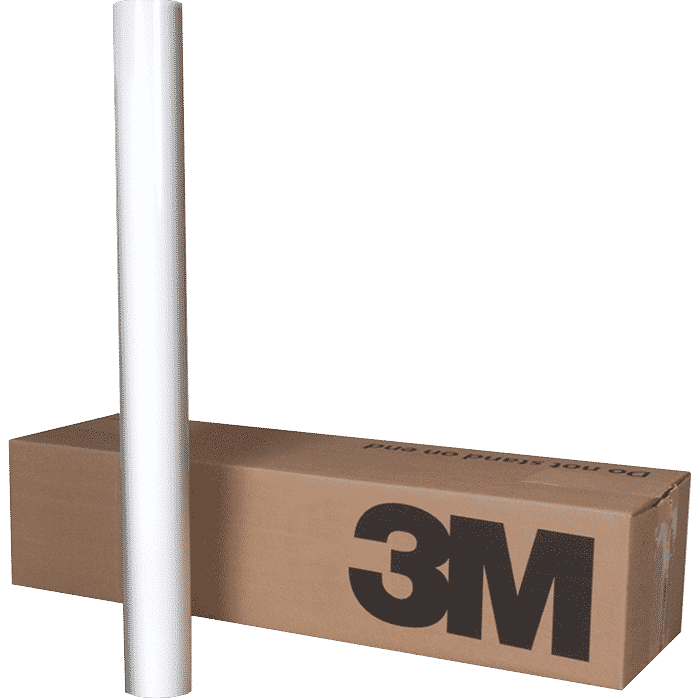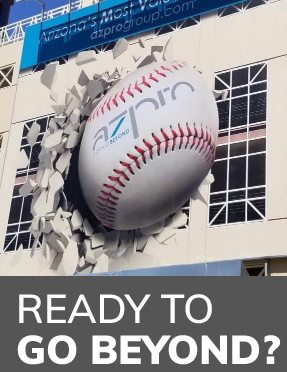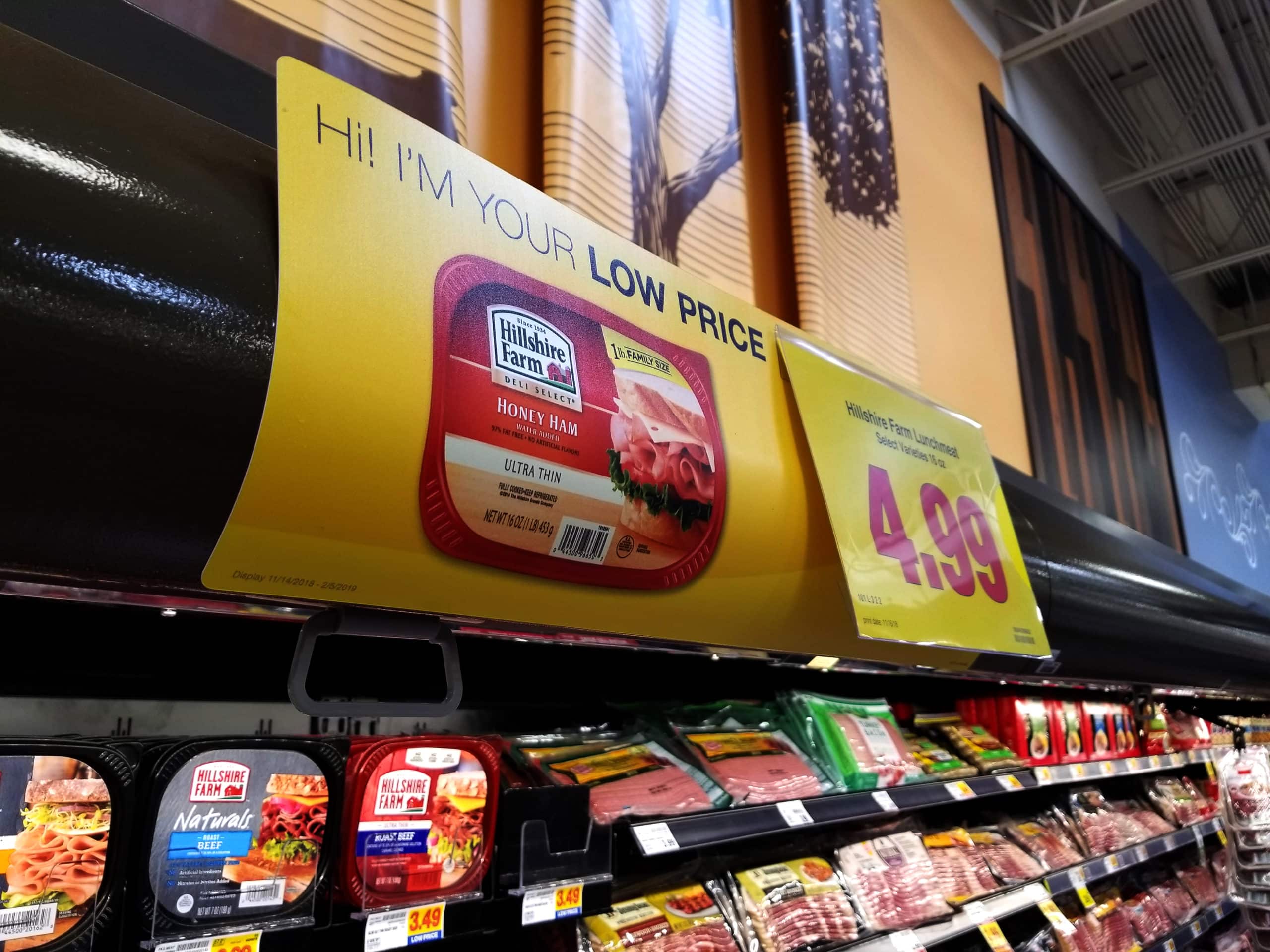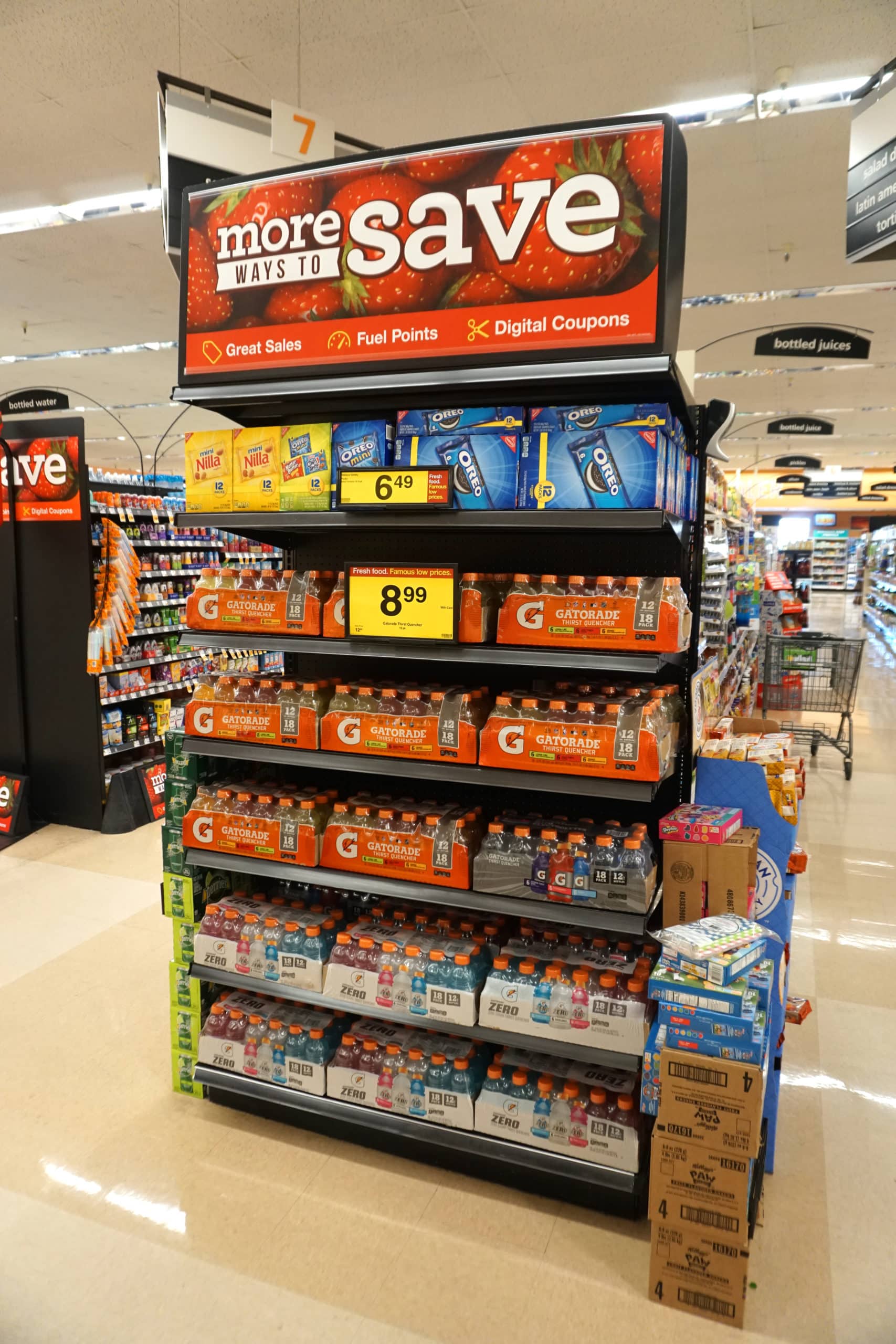3M IJ180Cv3 Vinyl It’s called 3M Controltac Graphic Film with Comply v3 Adhesive IJ180Cv3. This is a 2-mil cast vinyl, and that’s where we hit our first differentiation from other materials. There are two types of vinyl: calendared and cast. Calendered vinyl is made by taking PVC powder, liquid softener, and other materials, mixing them together, then extruding them through a die. That material is then worked through multiple calendering rolls, kind of like how you work pie dough flat. It’s a great material to work with, but its lifespan is typically around 1-5 years, depending on brands, colors, and a host of other things. Cast vinyl starts by mixing materials in a bowl, and then precisely placed onto a piece called a casting sheet. The material then moves through ovens so that the solvents can dissipate, and what you’ve got left over is the film itself. Once that film is covered in adhesive, you’re good to go. Cast vinyl can last for over 7 years and have the lowest amount of shrinkage since they’re not stressed during the production process.  IJ180Cv3 is a cast vinyl, and the 2-mil part designated its thickness, which you probably already guessed. Because it’s cast, it stretches incredibly well, and if for some reason it’s overstretched, heat can pop it back to its original form. That comes in handy when we’re working around a big panel with complex shapes. The Controltac and Comply v3 adhesive part of things is a lot of marketing speak, but basically, it’s about how the vinyl sticks. Have you ever placed a vinyl sticker on a window and found a bubble underneath? IJ180Cv3 has these little channels worked into the material that is invisible to the naked eye. These channels allow you to work out those air bubbles using a squeegee, which gives you the best appearance possible. Plus, the adhesive is repositionable, so if it needs to be lifted and shifted during installation, it’s no big deal. The combination of the two concepts makes the application process go a ton smoother, and give you a bubble-free finish. But the best part about this material is that it’s printable. Now you might think that all vinyl could be run through a printer, but that’s not the case. You need a specific type of material to get printed graphics to function correctly, which is exactly what the IJ180Cv3 has in spades. All that said, even though the IJ180Cv3 can work on its own, it’s substantially better to pair it up with a laminate. And that’s where the next two materials come into play. 3M 8518/8520 laminate Let’s get this out of the way first: 3M 8518 is a gloss laminate, while 8520 is a matte. Otherwise, they’re essentially the same material, so we’ll refer to them interchangeably here to make things a bit easier. Why would you laminate over your IJ180Cv3 vinyl? Well, laminates have additional UV protection, and can also add some durability to your vinyl. But the big thing is the protection of your graphics, and that’s a bigger deal than you might imagine. There are several ways to print on vinyl (we’ll get into that in another post), but essentially you always end up with an ink on top of the vinyl itself. If the graphics aren’t laminated, then the ink can come off — sometimes from water (again, depending on the type of ink application), other times from scratching. Which means that taking your freshly wrapped truck out for a car wash could have disastrous results. Both the 8518 and 8520 are cold-rolled laminates, which refers to the application process. You might think that you would wrap your ride in the vinyl first, then the laminate, but that’s not how it goes. Instead, you have a laminating machine that physically presses the vinyl and the laminate together. And since it doesn’t use any heat, it’s cold. Hence, cold-rolled laminate. Makes sense, right? Putting It All Together There are lots of companies out there that do vehicle wraps, and they use any number of different materials. But for you, the client, all you want is to get your brand out there on your vehicles. Why does what product you use matter? Easy. If your wrap uses a vinyl/laminate combo, then the wrap’s graphics will last longer. And by extending the life of your wrap, you’re ensuring that the return on your investment is higher, and that you won’t be suffering from poor brand exposure with a wrap that’s peeling away. It’s these details that stand out to us, and it’s why we take so much time to determine the best materials for each application before we do the work. After all, the longer it lasts, the happier you are, and we love happy customers clients. This 3M combo isn’t the only type of material we use in the shop. Stay tuned, because soon we’ll do another deep dive into our product bins, and show you how that works for another application.]]>
IJ180Cv3 is a cast vinyl, and the 2-mil part designated its thickness, which you probably already guessed. Because it’s cast, it stretches incredibly well, and if for some reason it’s overstretched, heat can pop it back to its original form. That comes in handy when we’re working around a big panel with complex shapes. The Controltac and Comply v3 adhesive part of things is a lot of marketing speak, but basically, it’s about how the vinyl sticks. Have you ever placed a vinyl sticker on a window and found a bubble underneath? IJ180Cv3 has these little channels worked into the material that is invisible to the naked eye. These channels allow you to work out those air bubbles using a squeegee, which gives you the best appearance possible. Plus, the adhesive is repositionable, so if it needs to be lifted and shifted during installation, it’s no big deal. The combination of the two concepts makes the application process go a ton smoother, and give you a bubble-free finish. But the best part about this material is that it’s printable. Now you might think that all vinyl could be run through a printer, but that’s not the case. You need a specific type of material to get printed graphics to function correctly, which is exactly what the IJ180Cv3 has in spades. All that said, even though the IJ180Cv3 can work on its own, it’s substantially better to pair it up with a laminate. And that’s where the next two materials come into play. 3M 8518/8520 laminate Let’s get this out of the way first: 3M 8518 is a gloss laminate, while 8520 is a matte. Otherwise, they’re essentially the same material, so we’ll refer to them interchangeably here to make things a bit easier. Why would you laminate over your IJ180Cv3 vinyl? Well, laminates have additional UV protection, and can also add some durability to your vinyl. But the big thing is the protection of your graphics, and that’s a bigger deal than you might imagine. There are several ways to print on vinyl (we’ll get into that in another post), but essentially you always end up with an ink on top of the vinyl itself. If the graphics aren’t laminated, then the ink can come off — sometimes from water (again, depending on the type of ink application), other times from scratching. Which means that taking your freshly wrapped truck out for a car wash could have disastrous results. Both the 8518 and 8520 are cold-rolled laminates, which refers to the application process. You might think that you would wrap your ride in the vinyl first, then the laminate, but that’s not how it goes. Instead, you have a laminating machine that physically presses the vinyl and the laminate together. And since it doesn’t use any heat, it’s cold. Hence, cold-rolled laminate. Makes sense, right? Putting It All Together There are lots of companies out there that do vehicle wraps, and they use any number of different materials. But for you, the client, all you want is to get your brand out there on your vehicles. Why does what product you use matter? Easy. If your wrap uses a vinyl/laminate combo, then the wrap’s graphics will last longer. And by extending the life of your wrap, you’re ensuring that the return on your investment is higher, and that you won’t be suffering from poor brand exposure with a wrap that’s peeling away. It’s these details that stand out to us, and it’s why we take so much time to determine the best materials for each application before we do the work. After all, the longer it lasts, the happier you are, and we love happy customers clients. This 3M combo isn’t the only type of material we use in the shop. Stay tuned, because soon we’ll do another deep dive into our product bins, and show you how that works for another application.]]>



